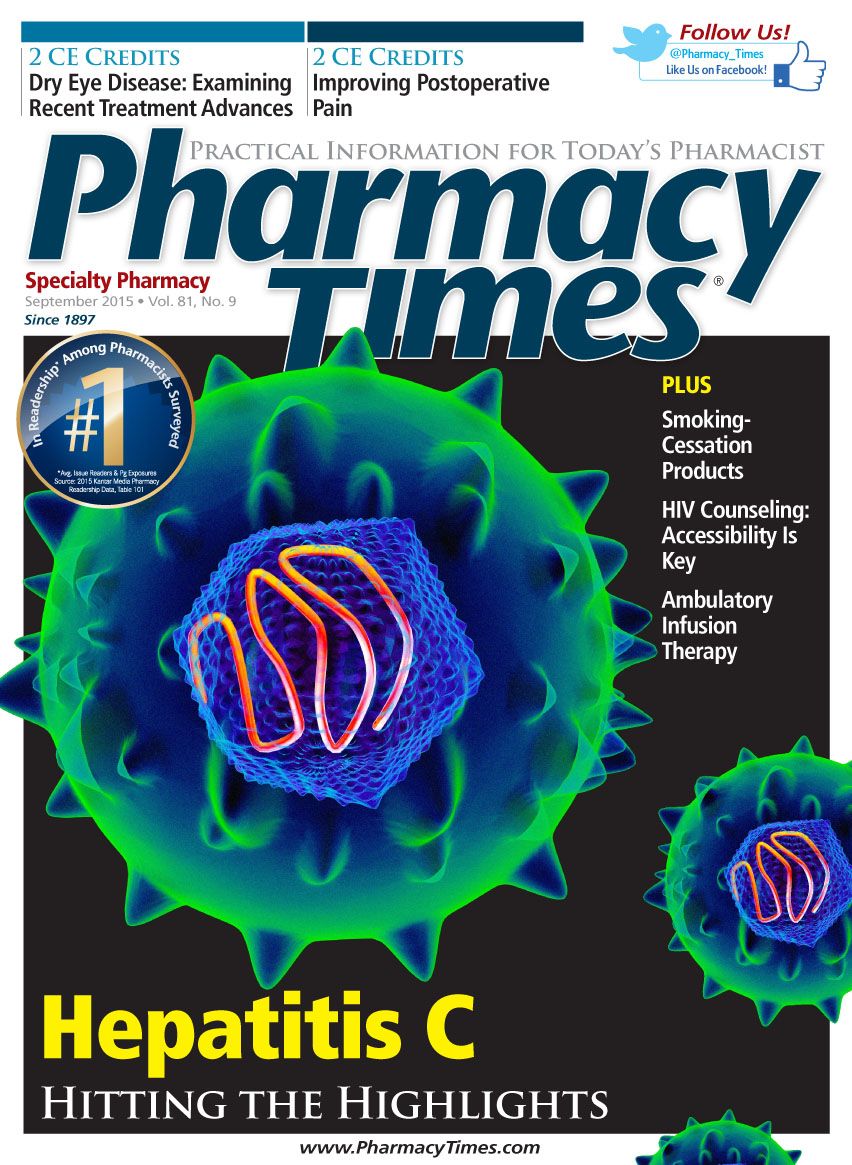Publication
Article
Pharmacy Times
Counseling Skills You Didn't Learn in Pharmacy School
Author(s):
Every pharmacist encounters patients with whom they have trouble connecting.
Every pharmacist encounters patients with whom they have trouble connecting. Some patients seem disengaged, rushed, or hostile. Below are some tips for handling these situations with grace; they may allow you to reach patients who seem unreachable.
Logic Does Not Always Prevail
When people are your business and your influence is critical, logic only wins the day in systematic comparisons, formal business proposals, and rare interactions. Patients are emotional creatures1; facts and data fail to influence many of them. Consider appealing to other influences such as emotion, vanity, money, or past experience. Consider the patient with diabetes who needs to switch to an insulin analog but hates needles: you may have more success by explaining that stricter glucose control may lengthen life, increase time and activity with loved ones, help with weight loss, or save money (despite initially costing more).
Suggest Self-Monitoring
Research shows that self-monitoring any behavior can lead patients to make—and more importantly, sustain—changes.2 Suggesting that nonadherent patients mark a calendar or diary with blood pressure, weight, and daily sugar levels forces them to observe the problem and often galvanizes change.
Listen Like You Have Never Listened Before

Listening to patients empowers them and increases their receptiveness to your recommendations.3,4 Suppose a patient returns to your pharmacy with a health problem and he or she seems to have ignored your previous instructions or blocked out key information. Most pharmacists will repeat the counseling (perhaps with a tinge of annoyance in their voices). Reconsider doing so: if the patient ignored your counseling the first time, what makes this attempt any different?
Instead, take a moment to listen. It is possible you missed something the patient tried to tell you before. For example, maybe the patient experienced dry mouth from a medication. By listening and asking questions, you may find that the patient is anxious about possible bad breath, did not chew gum as recommended (because of shame from dentures), or may say that the dry mouth was so disturbing that he or she will not take this drug again, indicating it is time to switch approaches. The Table3-5 lists several prompts that usually elicit useful information if you listen carefully.
Sell the Sizzle, Not the Steak
These are wise words from a car salesman.6 It is also great advice when dealing with patients who seem overly concerned about rare (no pun intended) adverse effects (AEs). Remind patients that you can help them deal with AEs, and then sell the sizzle: emphasize how much better they will feel after taking the medication.5,6
Negotiate
Polish your negotiation skills. A valuable negotiation tactic is to focus on interests or positions, not personality, to figure out a solution that works for you both.4 For example, most patients have the same interest that you do: resolving their health care problems. Their position—that they only want to take 1 or 2 medications, with complete symptom relief and no AEs—is not realistic, and if you focus on those requirements, someone is bound to lose. Gently move patients away from untenable positions toward “Let’s get you as well and as functional as we can.” While you are at it, slip in some lifestyle modifications that you know can help, such as “The medication can get you to 80%, but adding a little exercise will get you to 90% of what we both want!”
No Approach Works with Everyone
Adjust your approaches. Some patients want to negotiate, some need to be inspired, and very few need to be told. In addition, remember your lifelines—coworkers and managers—because some patients will not respond to you. Others might be able to say the magic words that alleviate the patient’s worries. Do not be offended by this; it could be that the sight of a new person changes the patient’s mind.5,7
Conclusion
If these tips strike a chord with you, consider digging deeper. Many employers will pay for classes that teach interpersonal training—the results benefit them as much as they benefit you.
Ms. Wick is a visiting professor at the University of Connecticut School of Pharmacy.
References
- The Hay Group. 9 strategies for influencing others. People-triggers website. https://peopletriggers.wordpress.com/2010/12/18/9-strategies-for-influencing-others/. Published December 18, 2010. Accessed May 23, 2015.
- Rubin G. For habits, try the strategy of monitoring. Gretchen Rubin website. https://gretchenrubin.com/happiness_project/2014/05/video-for-habits-try-the-strategy-of-monitoring/. Published May 20, 2014. Accessed May 23, 2015.
- Listening skills. SkillsYouNeed website. www.skillsyouneed.com/ips/listening-skills.html. Accessed May 23, 2015.
- Fisher R, Ury W. Getting to Yes: Negotiating Agreement Without Giving In. New York, NY: Penguin Books; 1983.
- Wick JY. Pharmacy Practice in an Aging Society. New York, NY: Haworth Press; 2006.
- Chomer MS. Car sales techniques: 10 tips to help you sell more cars. Car Sales Assistant website. http://carsalesassistant.com/CarSalesTechniques/Ten-Tips-To-Selling-More-Cars.html. Accessed May 28, 2015.
- Tardanico S. Five steps to increase your influence. Forbes website. www.forbes.com/sites/work-in-progress/2011/12/21/five-steps-to-increase-your-influence/. Published December 21, 2011. Accessed May 28, 2015.

Newsletter
Stay informed on drug updates, treatment guidelines, and pharmacy practice trends—subscribe to Pharmacy Times for weekly clinical insights.






